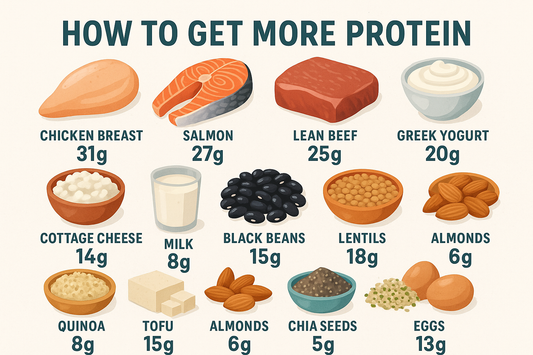Understandably, we aren't able to go to the local gym during the pandemic. With gyms waiting to reopen, working out at home is the next best option to keep healthy. Now, people opt for doing bodyweight exercises most of the time when they're about to start working out at home.
While that's all good, the most important thing they forget about is resistance training. Resistance training is when you progressively overload your targeted muscles with resistance. If you're at the gym, then this can be done using the available barbells, dumbbells, and the pulley machine.
However, at home, your options are quite limited, and you're mostly stuck with bodyweight workouts. Over time your body will get used to working with your own weight. To combat this, you can look toward resistance bands.
The best thing about resistance bands is their versatility. They can be used to target every muscle group present in the human body. They're cheap, and purchasing a couple of them won't hurt your budget.
For those wondering about the 3 ways how to increase the strength of the resistance band, we have gathered some of the best workouts to help you get the most out of the bands you're using!
- Lower Body (Glutes, Calves, and Thighs):
A way you can get to experience increased resistance from a band is during squats. This is just like a normal squat, but it's modified in such a way that it benefits your body from the resistance provided by the resistance bands.
Let's get to the squat!
Be sure to wear some shoes because some people face discomfort in their feet while performing squats using resistance bands. Get into the normal position when getting ready to squat.
Now, place both feet on the inner tangents of the resistance band and place the other end on top of your head using your hands just as if you were squatting using a barbell. Make sure the vertical sides of the resistance band are away from your body; otherwise, the friction would make it hard for you to squat. Now, try to lift your body, and you'll feel the tension from the band on your body.
The main benefit of using resistance bands for squats is because normal squats won't build a lot of strength in your legs. The resistance band will progressively overload the muscle as soon as you try standing up from the lower squat position. The more the band stretches, the more resistance it provides.
If you're a beginner, you should perform 5-12 reps for three sets. If you're at an advanced level, then you should consider going up in the rep count. This workout activates your glutes, and the posture due to the resistance band also activates your core muscles.
- Upper Body (Arms, Chest, and Back):
Biceps:
Everyone loves a great bicep pump. To train your biceps using resistance bands, get into a sitting or standing position. Place the band under your foot and pull the other side using your hand just as if you were doing a bicep curl using a dumbbell. Make sure to place your foot firmly because it might slip.
Chest:
Plain old pushups are best for your pectoral muscles, but you can add resistance bands to add more intensity. Place the band under your hands and the other side over your back. Now, perform the pushups, and you'll feel resistance while going up.
Back:
The best exercise for your back is arguably the pull-up. But a lot of us can't even do a single pull-up (don't worry. You will grow out of it!). By using resistance bands, you can do an assisted pull-up. This will ease up the tension for you and help you crunch out more reps.
- Whole Body:
The best way to train your whole body is by incorporating deadlifts in your workouts. You’ll need a strong band with a much smaller diameter for this.
Place your feet on the band and start lifting it like a regular barbell. The main benefit of deadlifts is that they utilize almost every muscle group present in your body.
Wrapping It Up
The best thing about the 3 categories of exercises mentioned above is that they're an effective way to increase your strength by increasing the amount of resistance you will experience from the resistance bands being used.











